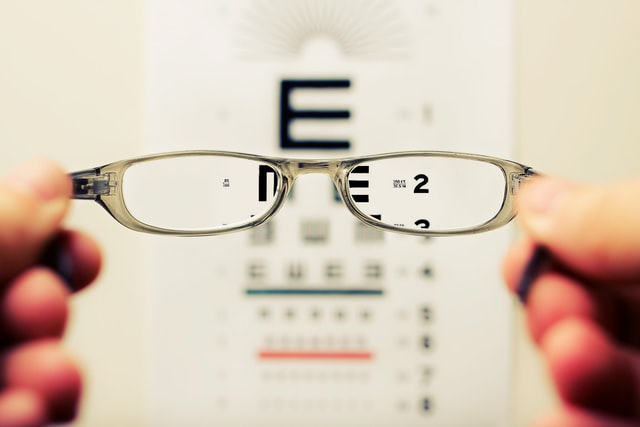If you have had vision problems for years but can’t find a practical solution, orthokeratology could be the answer. This procedure uses special foam to provide clear vision without using corrective lenses. It has some benefits, including increased durability of the lens. Listed below are some of the benefits of orthokeratology. If you’re interested in finding out more, read on!
Orthokeratology
If you’re considering getting your eyes corrected, orthokeratology may be the right option. This procedure can improve your vision without glasses or contact lenses. As a result, you’ll be able to enjoy clear vision and improved comfort without the need for corrective lenses. This article will learn more about this revolutionary vision correction method. Listed below are some of the most common questions people have about orthokeratology.
What is orthokeratology? It’s a non-surgical vision correction procedure that gently reshapes the cornea while you sleep, correcting nearsightedness, farsightedness, astigmatism, and presbyopia. This procedure has many benefits and is an excellent alternative to LASIK surgery. Learn more about orthokeratology Lower Sackville by reading below. It is a perfect option for those who do not want to wear glasses or contact lenses during the day.
Side effects
Orthokeratology is becoming a popular method of refractive correction and has increased in popularity around the world. However, its adverse effects include corneal staining, lens binding, and microbial keratitis. The most serious of these complications is microbial keratitis. On the other hand, the more mild side effects include corneal haze, increased visibility of fibrillary lines, and epithelial pigment deposit. Orthokeratology is manufactured by crucial companies, such as Bausch and Lomb Inc., Euclid Systems, and E&E Optics.
People with astigmatism and myopia may be a candidate for orthokeratology. To qualify for the procedure, you must have a diagnosis by a medical professional. In most cases, a corneal topographer will be used to measure the corneal surface. This process allows the ophthalmologist to create a map of the cornea’s surface. Orthokeratology treatments are not permanent.
Cost
An initial fee of about $1500 will cover the cost of your orthokeratology lenses. You may have to visit the doctor more than once to have the lenses changed, and you will need several sets of lenses to be able to use them for several weeks. In addition, you’ll likely need to buy several sets of solutions, which can add up over time. Because this treatment is more expensive, the cost of your orthokeratology lenses is higher than that of regular contact lens fittings.
The cost of an orthokeratology treatment varies according to the doctor’s experience and your health status. A single set of lenses can cost up to $1,500, but many practitioners bundle the costs with a package of lens prescriptions, cleaning solutions, and exams. The fees tend to be higher the more lenses you need, and they are often refundable. Some optometrists may charge separately for lenses and charge different fees based on myopia. The total cost of the orthokeratology procedure can range from $1,500 to $4,000, depending on the doctor, the lens prescription, and the number of visits required.
Treatment options
If you have astigmatism or myopia, you may have heard of orthokeratology. Orthokeratology is a non-surgical method for correcting vision. Specialized contact lenses are applied to the eye and gently reshape the cornea while the patient sleeps. Most people can go a day or two without using these contacts, but the results are not permanent. Nevertheless, patients with the condition can expect to experience some vision problems and should seek professional treatment as soon as possible.
The FDA has approved the treatment for children as young as eight years of age. Children under eight years of age may qualify for orthokeratology if they have the aptitude and responsibility to adhere to proper lens hygiene. Some eye doctors have even considered this treatment option for younger children. But this type of treatment is still not for every child. Schedule an appointment today if you have myopia and think you could benefit from orthokeratology.
Reversibility
Orthokeratology is a refractive surgery that uses gas-permeable contact lenses to reshape the cornea while the patient sleeps. These oxygen-intense, breathable lenses help correct mild myopia and slow the progression of presbyopia and hyperopia in adults. This treatment also corrects low-degree astigmatism. Despite its low success rate, orthokeratology is a viable option for those who cannot tolerate the risks associated with LASIK surgery.
While orthokeratology is generally considered a safe treatment for vision correction and myopia control, there is a minimal risk of severe eye infection and inflammatory conditions in children. Therefore, the treatment is safe and appropriate for children between the ages of eight and fifteen, although the risks of these adverse events are generally small. Moreover, adverse events can be minimized by adhering to maintenance practices and attending regular eye exams.

